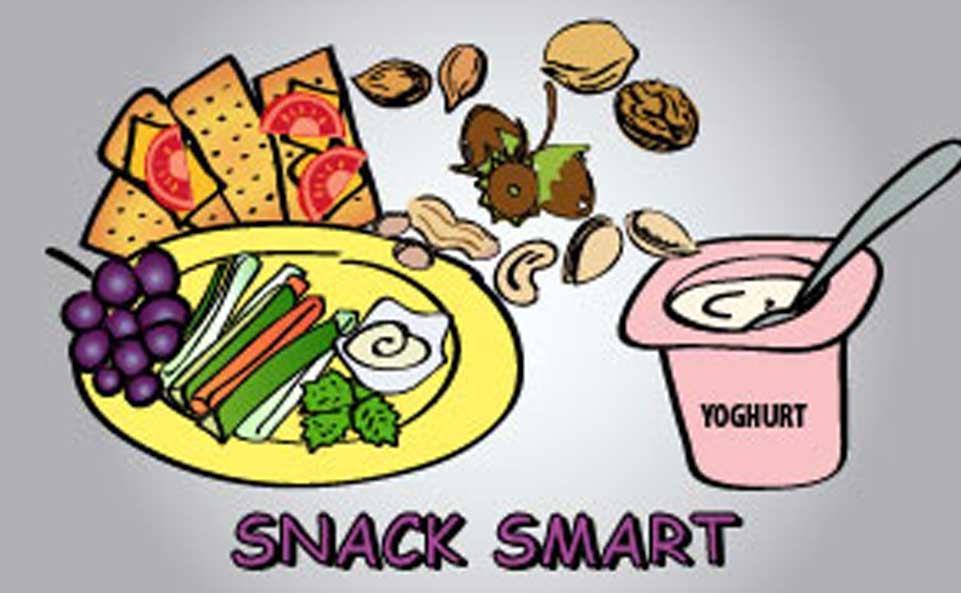If you grew up believing that eating snacks between meals was a sure path to weight gain, you’ll be happy to hear that this is now outmoded thinking. A planned snack can actually help prevent overeating. If you wait to eat until you’re starving, it’s hard not to overeat once you sit down at the table. If you have a small snack to curb your hunger, you won’t be famished when you sit down for lunch or dinner, which can make it easier to control how much you eat during meals. Learn how to curb your hunger and control your weight with smart snacking.
Start with these steps to make healthy snack choices:
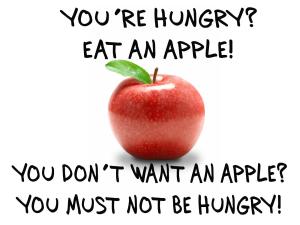 Snack only when you’re truly hungry.
Snack only when you’re truly hungry.
Hunger comes on slow, you may not even notice it at first it can be easy to miss, the signals can be very subtle at first and then gain intensity as time progresses between meals (Between two to four hours after last eating.) If you just ate a meal an hour ago, chances are you are not experiencing true physical hunger yet. You may just be experiencing a food trigger to eat out of boredom or frustration or maybe you just saw a plate of cookies that looked so tempting. We all have food triggers. They come on fast with a strong urge to eat at that moment, not subtle like true hunger. Don’t hit the vending machine or dip into the cookie jar just yet. Often a food trigger to eat will pass if you just give it some time and use a distraction technique to get you past it. Feed an emotional urge to munch with an alternative activity or busy work that keeps you mind distracted. Like checking e-mail, social media, calling or texting a friend or if the urge to eat is very strong, physically remove yourself from the ability to eat by going for a walk, work on a hobby or crafting project or doing errands like shopping . Anything to give you time to let the urge to pass until your next meal.
Practice portion control.
An ounce of raw almonds (about 23 nuts) is about 160 calories and can easily fit into your healthy eating plan. But if you eat half a bag without thinking, those extra calories could add up to trouble. Almost any food can be worked into a healthful diet when you pay attention to portion size. See Portion Size Guide.
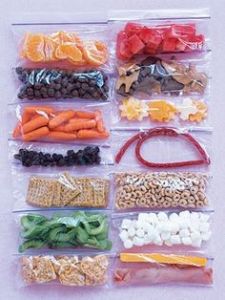 Think out of the box
Think out of the box
You don’t need to eat an entire bag of chips or box of cookies to be satisfied. Don’t eat your snacks from the bag or box. it is too easy to eat more then one serving. Most people don’t have that kind of control, especially if they are distracted while eating. Portion out the snack before eating. A snack is not supposed to make you full just satisfied. You only need a small amount to satisfy your hunger. Researchers at Cornell University gave different portion sizes of three kinds of snacks to two groups. The group that was given smaller portions was as satisfied as the group that ate larger portions.
 Don’t confuse snacks with treats.
Don’t confuse snacks with treats.
A treat is something you eat on a special occasion, like cake on your birthday, or pumpkin pie at Thanksgiving. A smart snack is a healthy food that helps ward off hunger pangs and is part of your day’s overall eating plan by filling in the nutritional gaps between meals. Yes, you can work both snacks and the occasional treat into your diet, but because treats tend to be higher in calories than snacks, you need to limit them to special occasions and keep portions small.
 Time your snacks.
Time your snacks.
A study of women in the Seattle area who were overweight or obese found that they lost more weight if they had a snack between lunch and dinner than if they snacked between breakfast and lunch. The women who snacked in the afternoon also tended to eat more healthy fruits and vegetables as part of their day’s snacks and meals.
Plan your snacks ahead of time.
You’ll be less tempted by the candy bar in the vending machine at work if you planned ahead and brought fresh fruit or some whole-wheat crackers and low-fat cheese to snack on. Measure ahead and pre-portion foods in snack bags You will be more likely to reach for some carrot and celery sticks with peanut butter or hummus if they’re cut up and waiting for them in the fridge.
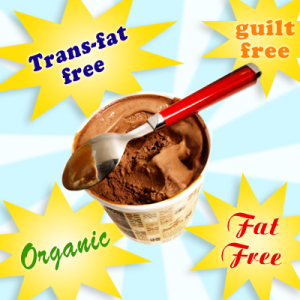 Don’t be fooled by “fat free” or “no sugar” labels.
Don’t be fooled by “fat free” or “no sugar” labels.
Fat free” doesn’t always translate to lower calories. You need to review the nutrition facts label and pay special attention to the serving size and the number of calories per portion. There are many fat-free and low-fat products that are healthier options than their full-fat options. But only by comparing food labels will you learn if the food you are choosing fits the bill.
Here’s what to look for per serving on the label to be sure you’re choosing smart snacks — and be sure to limit your snack to the designated portion size if the package contains more than one serving and limit the calories to 200 or less:
7 grams or less of fat
2 grams or less of saturated fat
0 grams of trans fat
15 grams or less of sugar
360 milligrams or less of sodium
Nuts are the exception to this list
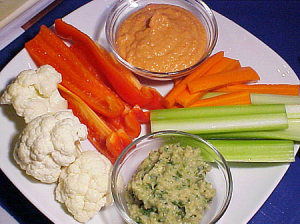 Ideas for Healthy Snacks
Ideas for Healthy Snacks
1 cup of dry whole-grain cereal — eat it like snack mix
1 cup of low-fat yogurt topped with 1/2 cup fresh fruit
Fresh fruit (1 piece) or fresh vegetables (1 cup) paired with 1 to 2 tablespoons of low-fat yogurt, hummus, or tofu dip
1 tablespoon of peanut butter or hummus on whole-wheat crackers (read the cracker box for serving size)
2 cups air-popped popcorn with an herb seasoning (no butter)
Fruit smoothie made by blending 1 cup of nonfat yogurt with 1/2 cup juice and 1/2 cup fruit, and ice as desired; yields two 8- to 10-ounce smoothies

